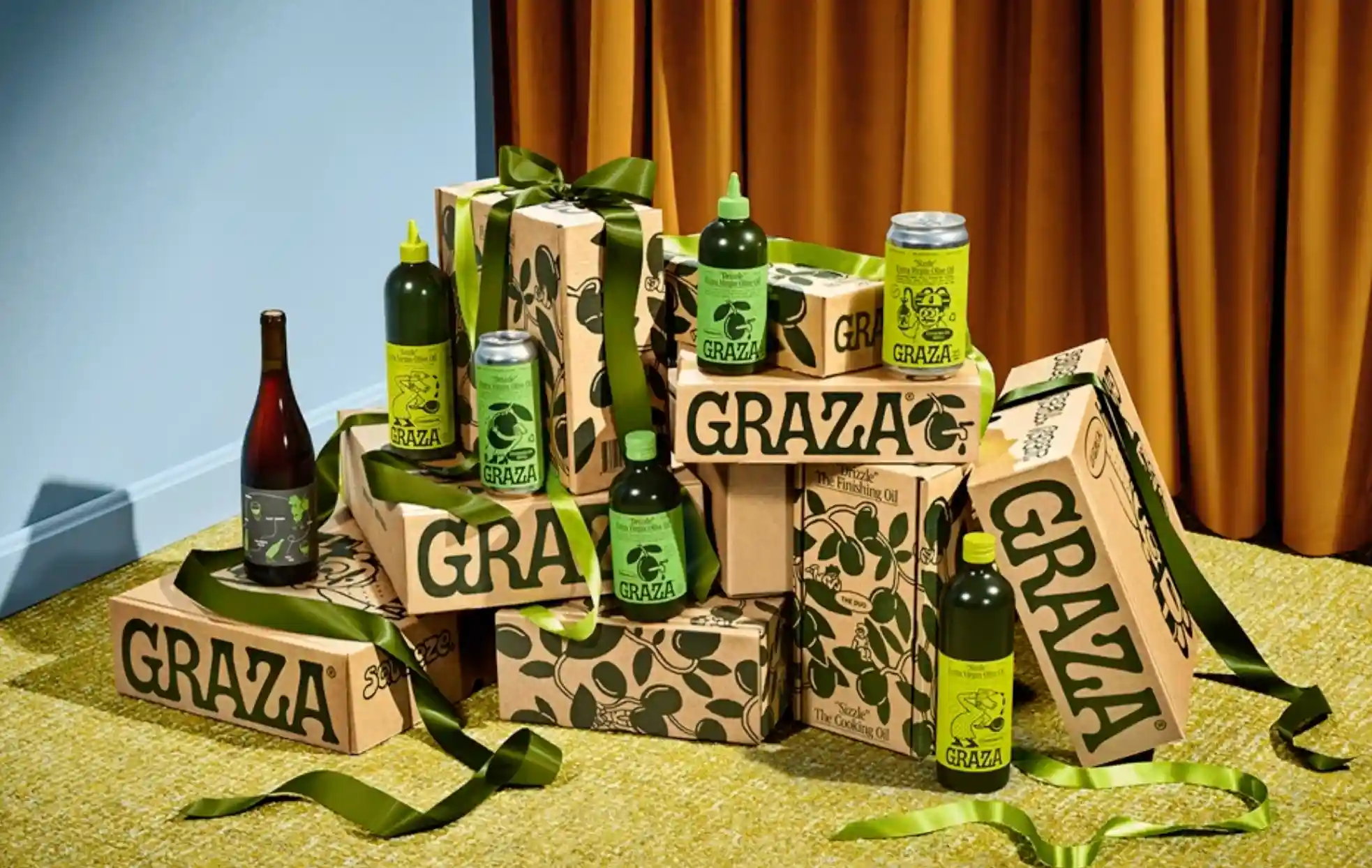The Most Powerful Monarchies in the World: Royal Families That Still Rule in 2025
Updated on
Published on
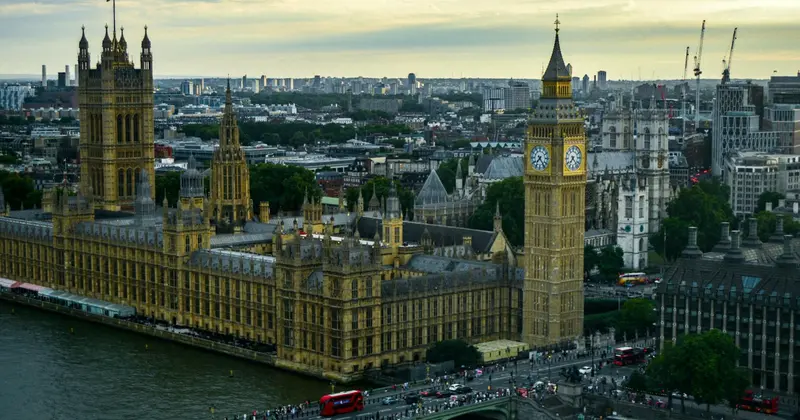
Power in modern monarchies tracks state capacity more than royal prerogative. The countries below combine hard power and reputation in different ways. Constitutional monarchies like the United Kingdom and Japan bring G7-scale economies, alliances, and high soft-power scores. Energy monarchies like Saudi Arabia, the United Arab Emirates and Qatar convert hydrocarbons and sovereign wealth into diplomatic reach. Smaller players such as Norway and the Netherlands punch above their weight through finance and institutions.
At a glance
- Criteria include economy, defence outlays, energy and sovereign-wealth leverage, global institutions and alliances, and soft-power standing. (IMF) (SIPRI) (Brand Finance).
- Soft-power top ten in 2025 includes the United Kingdom at 3rd, Japan at 4th, and Canada at 7th. (Brand Finance).
- SIPRI reports a record global defence spend in 2024; the United Kingdom, Saudi Arabia, and Japan all feature among the highest spenders. (SIPRI).
United Kingdom
The United Kingdom blends hard and soft power unusually well. It is a G7 economy with a permanent seat on the UN Security Council and an independent nuclear deterrent. In 2024 the United Kingdom increased military expenditure to about 81.8 billion dollars, equal to roughly 2.3 percent of GDP, while remaining near the top of global soft-power rankings in 2025. (UN) (SIPRI) (Brand Finance).
Japan
Japan’s constitutional monarchy pairs advanced manufacturing and technology with a significant defence build-up. Military spending rose by about 21 percent in 2024 to 55.3 billion dollars as Tokyo accelerated its security plan, and Japan ranks fourth for soft power in 2025. (SIPRI)

Saudi Arabia
Saudi Arabia remains the leading absolute monarchy in global influence. IMF tables place nominal GDP around 1.08 trillion dollars in 2025. The kingdom’s role in oil markets and its seventh-largest defence budget in 2024 sustain regional weight and growing global visibility. (IMF) (SIPRI) (IEA).
United Arab Emirates
The UAE combines energy income with finance, aviation, and logistics hubs in Dubai and Abu Dhabi. IMF data put nominal GDP near 549 billion dollars in 2025, and the country leverages investment and convening power to project influence across the Middle East, Africa and South Asia. (IMF).

Qatar
Qatar converts gas wealth and a large sovereign-wealth portfolio into outsized diplomatic and financial reach. Public estimates place the Qatar Investment Authority’s assets in the five hundred billion dollar range, with 2025 coverage highlighting active deployment at home and abroad. (Global Finance) (Reuters).
Canada
Canada shows how a constitutional monarchy converts alliances and reputation into influence. It ranks seventh on the 2025 Global Soft Power Index, spends in the tens of billions annually on defence, and maintains the King as head of state within its own constitutional order (Brand Finance).
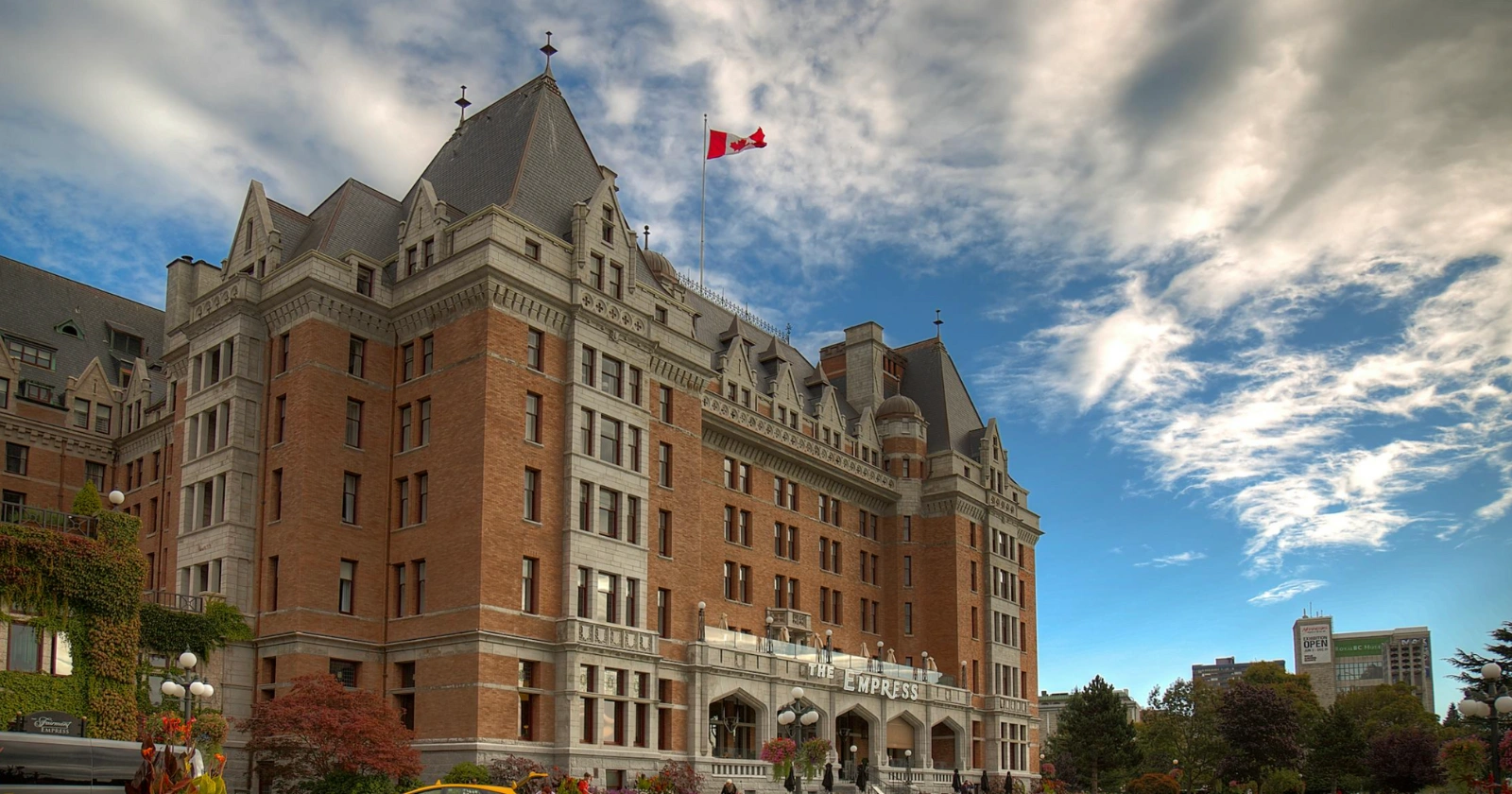
Spain
Spain’s monarchy sits atop a diversified European economy with global cultural reach. IMF materials and the 2025 Article IV review show a large advanced economy that remains integrated with the European Union and NATO, which together amplify Madrid’s influence. (IMF country materials).
Netherlands
The Netherlands is a compact trading power that hosts two of the world’s most important legal bodies in The Hague, the International Court of Justice and the International Criminal Court. Legal and diplomatic centrality gives the Dutch monarchy leverage beyond economic size. (ICJ) (ICC).
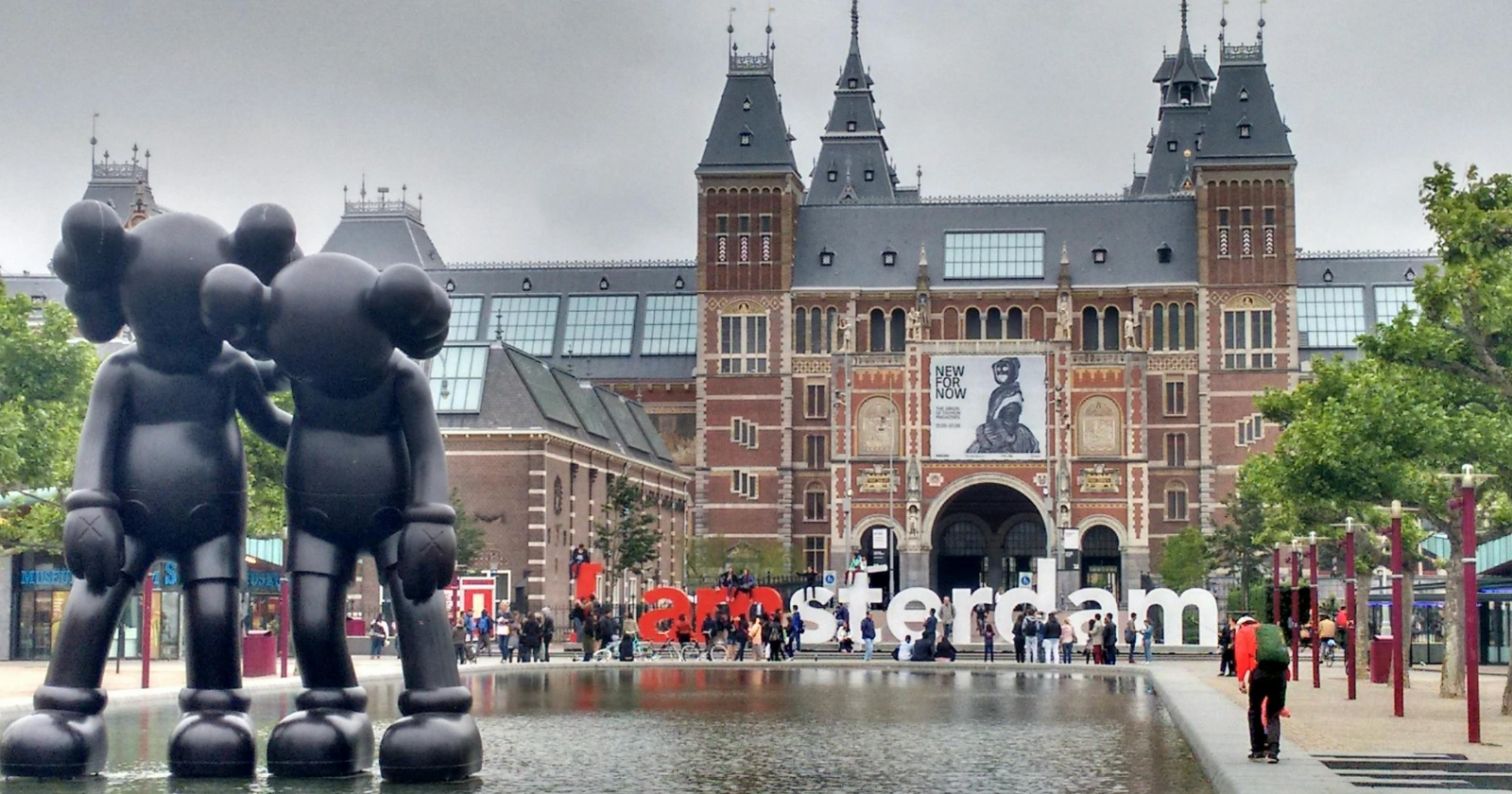
Norway
Norway’s hydrocarbons and the world’s largest sovereign-wealth fund magnify a small state’s voice. The fund stood near 19.6 trillion kroner at mid-2025, translating fiscal prudence into long-term ownership in global markets. (NBIM).
Sweden
Sweden added hard-power weight by joining NATO in 2024 and lifted defence spending by about 34 percent that year, while retaining a strong technology and design brand. Security integration now complements soft-power assets. (NATO) (SIPRI).
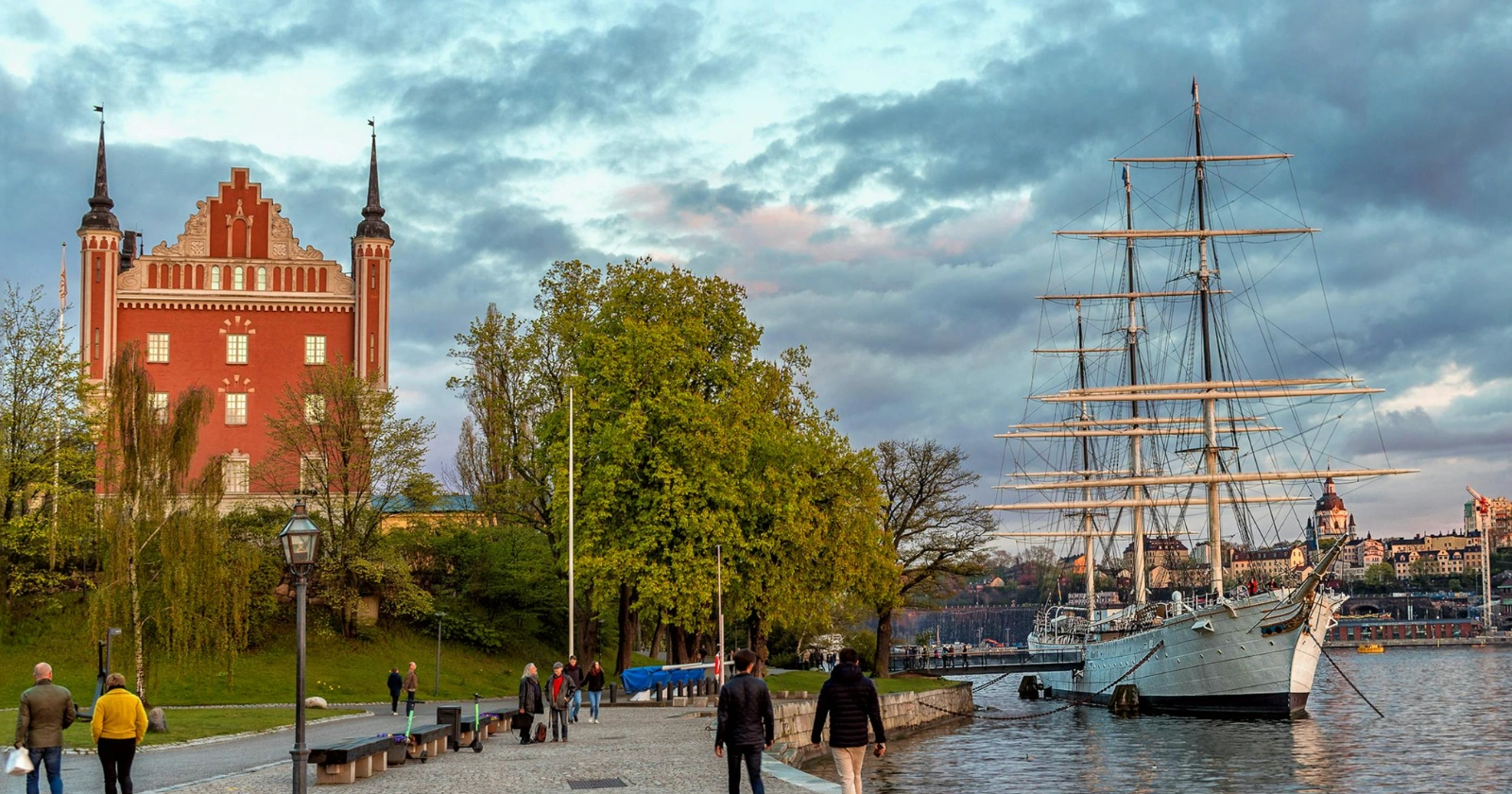
Methodology
We define monarchy as a sovereign state with a reigning monarch as head of state. Rankings weigh five signals. Economy uses IMF World Economic Outlook nominal GDP. Defence draws on SIPRI’s 2024 data and alliance status. Energy and sovereign-wealth leverage use IEA analysis and official fund disclosures. Institutions consider UN Security Council status, NATO membership, and hosting of global courts. Soft power uses Brand Finance’s 2025 index. Citations appear after the most important claims in each section.
FAQ
Why are constitutional monarchies so prominent in 2025?
Because state capacity matters most. Large economies, alliances and institutions project more power than royal prerogatives on their own.
Why is the Netherlands included ahead of some larger economies?
Hosting the ICJ and ICC gives the Netherlands legal-diplomatic centrality that shapes global disputes.
How do energy exporters convert wealth into power?
Swing-producer roles and sovereign-wealth assets finance diplomacy, investment and security, which expand influence beyond borders.
Are Canada and the United Kingdom separate monarchies?
Yes. Each is a separate constitutional monarchy sharing the same monarch, with distinct governments and legal systems.
Which monarchy gained the most strategic ground in the past year?
Sweden, by joining NATO and meeting defence benchmarks, added alliance protection and hard-power credibility.
Sources
- SIPRI. Trends in World Military Expenditure 2024, Fact Sheet, April 2025.
- Brand Finance. Global Soft Power Index 2025, overview and Canada press note.
- IMF. World Economic Outlook Database, April 2025, GDP current prices and country materials.
- IEA. Oil Market Report, July and August 2025.
- United Nations. Security Council permanent members.
- NBIM. The fund’s value, Half-year report 2025.
- NATO. Sweden officially joins NATO, March 7, 2024.
- Parliament of Canada. Canada’s Constitutional Monarchy.
- ICJ. The Court, seat at The Hague.
- ICC. How the Court works, seat at The Hague.




